“Sanctions Against Russia Act as Catalyst for Yuan Internationalization” – 95% of Trade Settlements in Russia’s Far East Now in Yuan
Input
Changed
Expansion of Yuan’s Share in Russia’s Trade and Finance Deepening Dependence on China Through Resource Investment and Financial Support Acceleration of Asia’s Financial Multipolarity and the Fracturing of Dollar Hegemony
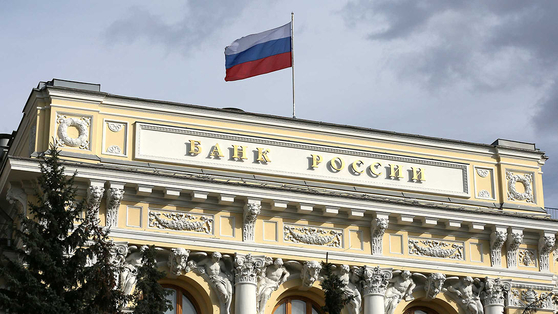
The prominence of China’s yuan in Russia is surging rapidly. Beyond external trade settlements, the yuan has become the de facto dominant currency in domestic banking and foreign exchange markets, consolidating its role as a regional reserve currency anchored in the real economy. Analysts view this trend—driven by bilateral energy and resource transactions, massive Chinese investments, and the restructuring of global financial infrastructure—as a turning point that could accelerate the multipolarization of Asia’s financial order and erode the dollar’s hegemony.
Soaring Demand for Yuan Within Russia
According to the U.S.-based China-focused media outlet Epoch Times on September 1, yuan-denominated transactions between China and Russia have surged in the Far East, underscoring Beijing’s growing influence. In the first half of this year, more than 95% of bilateral trade was settled in yuan or rubles, while the yuan’s share in Russia’s spot market turnover reached 40%. These levels have held steady despite overall trade volume declining 9% to $106.48 billion in the first half.
Demand for yuan is also rising sharply among Russian commercial banks. Data from the Korea Trade-Investment Promotion Agency (KOTRA) shows that at VTB, one of Russia’s largest banks, non-cash yuan has become the most purchased foreign currency through its banking app. VTB reported that yuan purchases jumped tenfold in the third quarter of 2022 compared to the previous quarter, with yuan now accounting for more than 80% of all non-cash foreign currency purchases.
The appetite for yuan-denominated accounts has grown accordingly. Early this year, VTB reported $5.5 billion in yuan deposit accounts. MKB Bank launched yuan savings products for individuals, while Alfa-Bank introduced yuan deposits for premium clients amid surging demand. Some banks even provide yuan cash withdrawals: PSB Bank noted that while the volumes are modest, demand is concentrated in Siberia and the Far East.
In foreign exchange markets, the yuan dominates outright. The Bank of Russia’s financial risk report shows that yuan trading accounted for 99.6% of transactions on Russia’s main exchanges in 2023, an all-time high. The Moscow Exchange reported that the yuan overtook the dollar as the most traded currency on the exchange for the first time that year, reflecting the decline of the dollar and euro’s status while the yuan has emerged as a favored settlement instrument.
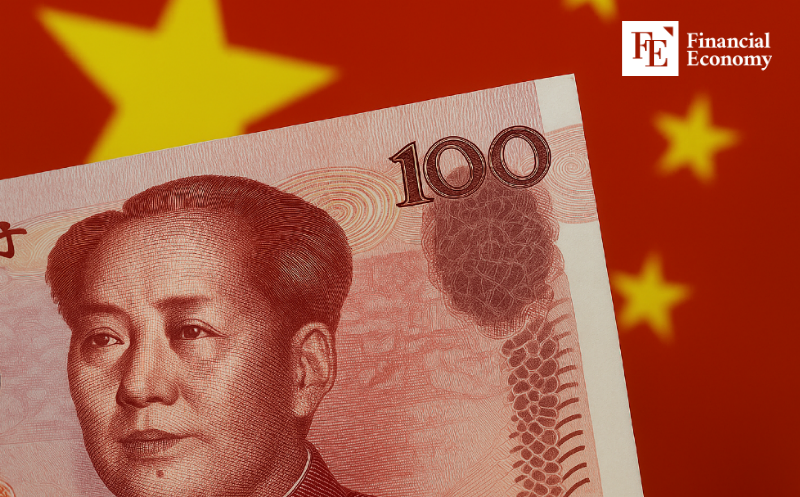
Western Sanctions Boost Yuan’s Standing
This shift has accelerated since Western sanctions were imposed after Russia’s invasion of Ukraine. By dismantling the dollar- and euro-centric settlement system, these sanctions inadvertently bolstered the yuan’s international stature. One clear example is the rise of China’s Cross-Border Interbank Payment System (CIPS) as an alternative after Russian banks were cut off from SWIFT. According to Guotai Securities, Western sanctions have driven Russia toward CIPS, hastening yuan internationalization while also spurring the localization of China’s financial databases.
China’s investments have been pivotal. In 2023, Beijing injected $160 billion into Russia’s Far East, a region rich in oil, gas, coal, and timber. The vast special economic zone that Russia opened to Chinese investment spans 40% of its territory. These funds cover 79 projects spanning mineral energy, infrastructure, agriculture, and automotive manufacturing. In addition, Chinese banks extended multi-billion-dollar loans to Russian banks after Western lenders exited, stepping in to meet urgent refinancing needs.
These investments have translated into yuan-based oil transactions. Both Russia and China have long sought to reduce reliance on the dollar in energy trade. China has even explored settling oil imports from Saudi Arabia in yuan, directly challenging the decades-old “petrodollar” system. The Ukraine war and unified Western response thus provided the catalyst for Beijing’s ambitions. Strategically, Russia’s Far East also enables China to secure overland energy and metals supply chains that bypass maritime chokepoints such as the Malacca Strait, vulnerable to U.S. naval interdiction.
Russia as a Testbed for Yuan Internationalization
Notably, Russia has begun paying dividends in yuan rather than dollars to Japanese firms invested in the Sakhalin energy projects. In 2022, Moscow restructured the entities managing Sakhalin 1 and 2, altering dividend payment arrangements. Previously, payouts were made in dollars via Singapore accounts twice annually. After Russia’s exclusion from dollar clearing networks, authorities shifted to yuan settlements in early 2023, channeling the equivalent of about $690 million in dividends to Mitsui & Co. and Mitsubishi Corp. The yuan has effectively replaced the dollar in this high-profile case.
Experts contend that Russia has effectively become a laboratory for yuan internationalization. Chinese banks, citing the risk of secondary U.S. sanctions, may delay transactions at will, yet the bulk of bilateral trade now occurs in yuan. This dynamic provides a model for Belt and Road Initiative partners across Eurasia. While expanding dependence strengthens Beijing’s leverage, it also allows China to dictate terms while formally respecting sovereignty.
The yuan’s influence is poised to extend beyond Russia. Myanmar has already adopted a “de-dollarization” strategy to expand yuan usage, formalized by a 2023 government directive mandating yuan transactions at all border checkpoints with China. Once a supplementary instrument, the yuan is now displacing both the dollar and the yen across Asia.
Analysts stress that this evolution is not merely a financial phenomenon but one underpinned by the real economy. This foundation heightens the likelihood that within several years the yuan could surpass the yen as Asia’s regional reserve currency. Such a development would fracture the dollar’s Eurasian dominance and position the yuan as a driver of multipolarity in the global monetary order.

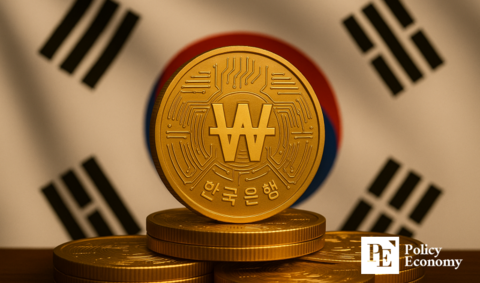
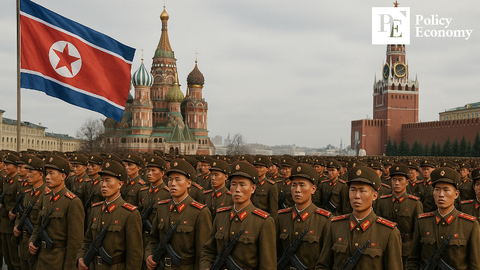
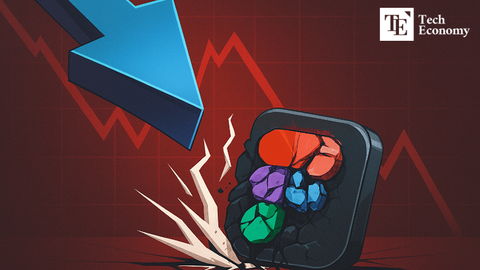




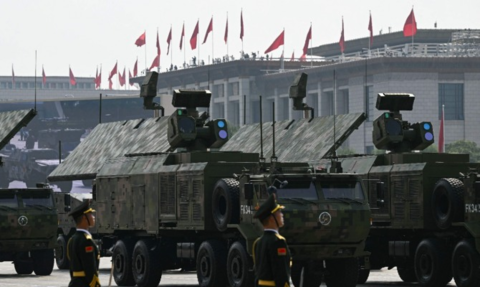
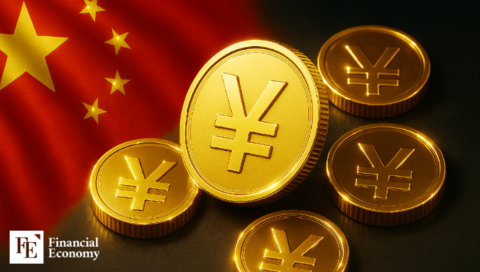












Comment